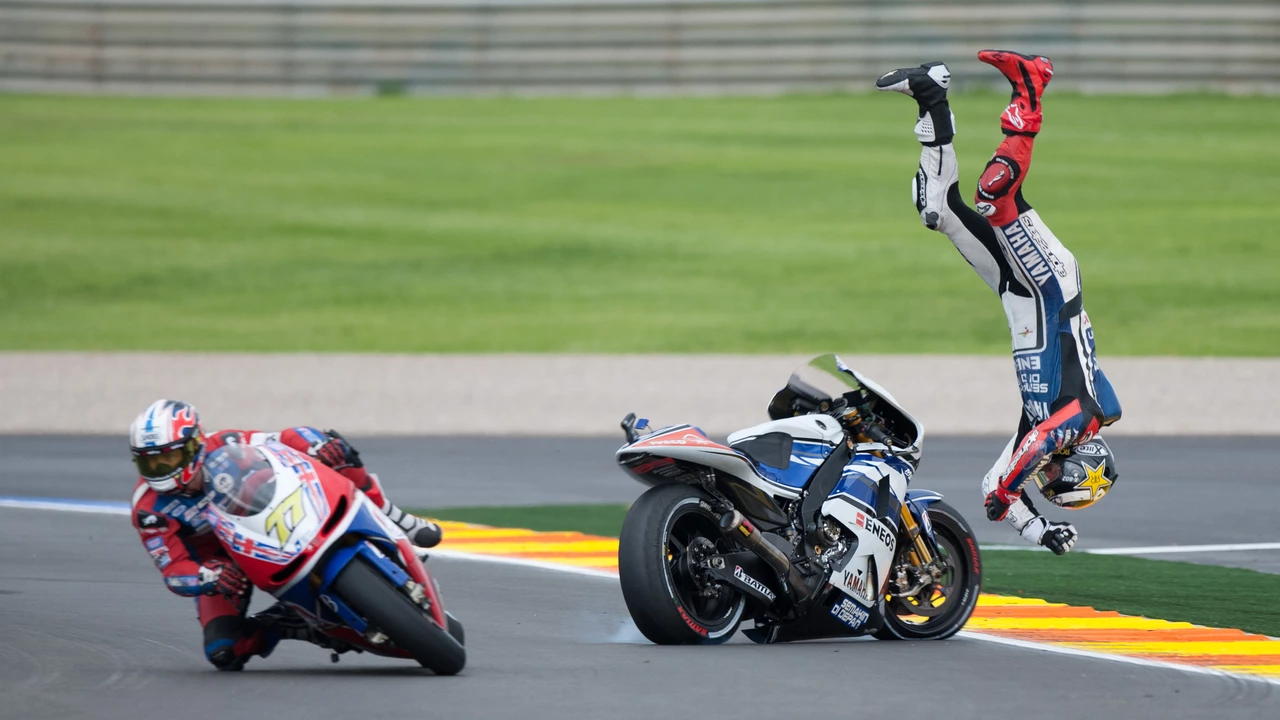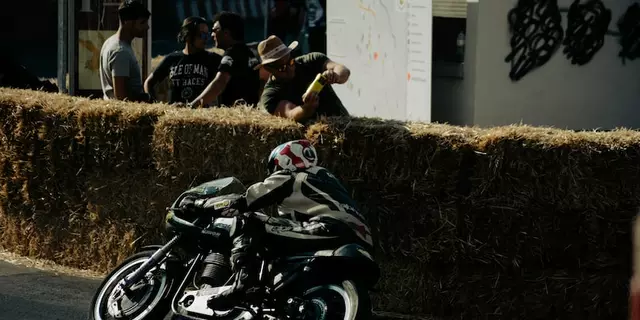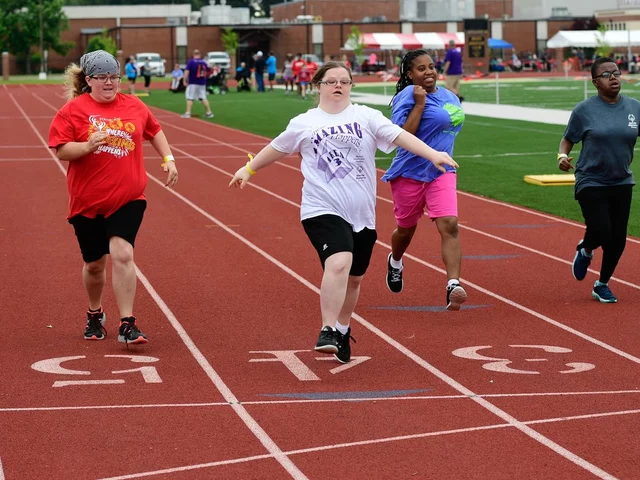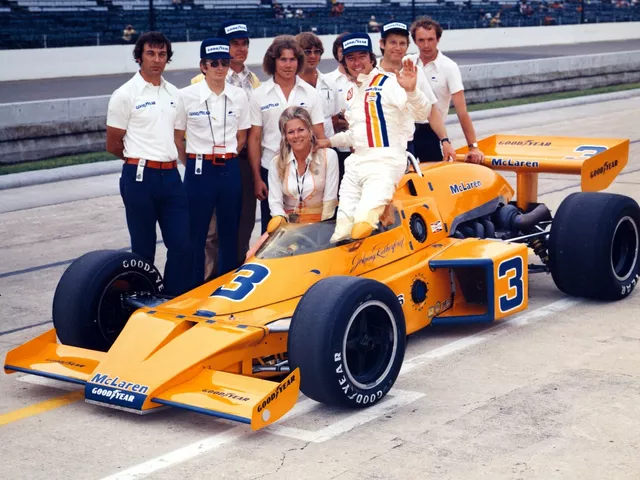
Why do MotoGP riders not turn their handles?
Intro to MotoGP Handling
As a MotoGP enthusiast, I often find myself fascinated by the way these riders maneuver their bikes. At high speeds, they make it look so effortless, almost as if they're not turning the handles at all. But why is that? Let's delve into the science and art behind MotoGP riding.
The Physics of MotoGP Riding
The physics of motorcycle racing is quite complex. Unlike cars, which turn their wheels in the direction they want to go, motorcycles behave differently. The way MotoGP riders make turns is by a technique called counter-steering. This involves pushing the handlebars in the opposite direction of the turn. This may seem counter-intuitive, but it's fundamental to the physics of motorcycle riding.
Counter-Steering Explained
Counter-steering is a unique technique where the rider pushes the handlebar towards the direction he wants to turn. For example, if a rider wants to turn right, he will push the right handlebar forward. This causes the motorcycle to lean to the right, and this lean is what actually makes the motorcycle turn.
The Role of Body Positioning
Another key element in MotoGP handling is body positioning. Riders often hang off one side of their bikes during turns, shifting their body weight to help the bike lean and turn. This not only reduces the amount of handle turning needed but also helps maintain stability and control at high speeds.
Gyroscopic Effect and Stability
The gyroscopic effect plays a significant role in MotoGP racing. Essentially, the faster the wheels of the motorcycle spin, the more stable the bike becomes. This is because the spinning wheels create a gyroscopic effect that resists changes in direction, making the bike lean instead of turn when the handlebars are pushed.
Tire Grip and Friction
The role of tire grip and friction is also crucial in MotoGP handling. The design and material of the tires provide the necessary grip to allow the bike to lean into the turn without slipping. The friction between the tires and the track surface is what allows the bike to maintain its line and speed through the turn.
The Art of MotoGP Handling
While the physics of MotoGP handling can be complex, it's also an art form that riders must master. It takes years of practice to perfect the techniques of counter-steering, body positioning, and understanding the role of tire grip and the gyroscopic effect. The best riders make it look effortless, but it's a skill that requires both physical and mental stamina.
Conclusion: The Magic Behind MotoGP Handling
The magic of MotoGP handling lies in the perfect blend of physics and art. Despite appearances, riders are not just sitting on their bikes; they are actively manipulating the physics of motion to their advantage. They're not just turning handles; they're making calculated movements and adjustments that result in thrilling performances on the track.






